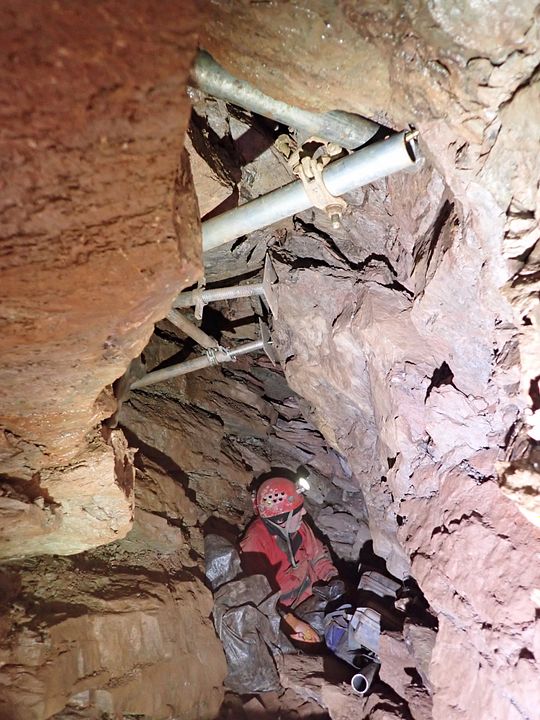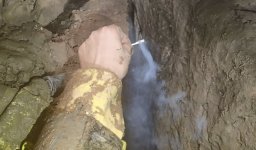The Old Ruminator
Well-known member
Well the question in this particular case. Aisholt Cave is well known for its temperature controlled draught. Strongly outward in warm weather . Cold at ten degrees below outside. Winter its cold air going in. Right up to the terminal boulder choke. B, fumes just disappear here and are not seen outside nor is there any other entrance. So what drives this and where does the cold air go if not coming out again. Same in Summer . Loads of cold air coming out with no let up.







